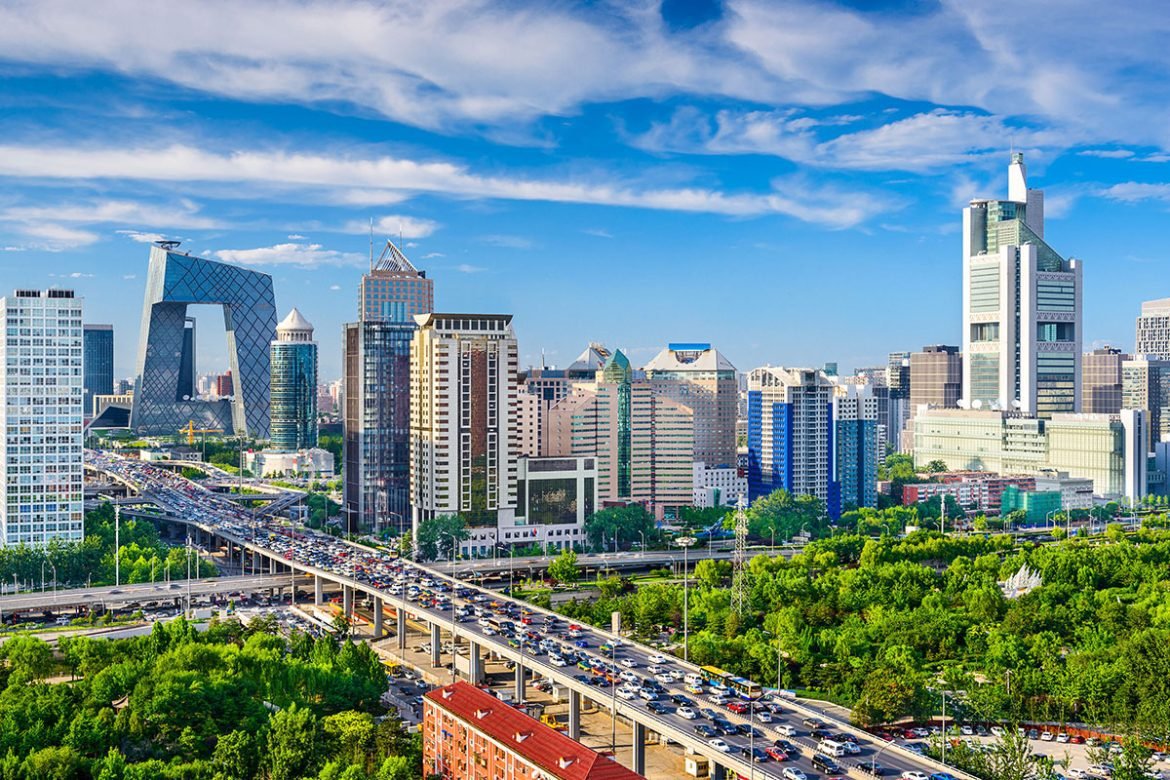To put it simply, the People’s Republic of China is a huge and varied place. It is too big to view in one visit. Even though there are interesting sights all around China, many tourists choose to visit the northern region. Beijing, the country’s capital, and the sites often cited as the origin of Chinese culture are both located in the country’s north. The northern part of China is rich in cultural heritage since it is where many of China’s emperors were born and where many of the country’s most important buildings are located. The Great Wall of China and the Xi’an Terracotta Warriors are just two of the many amazing sights to visit in North China.
10. Hohhot
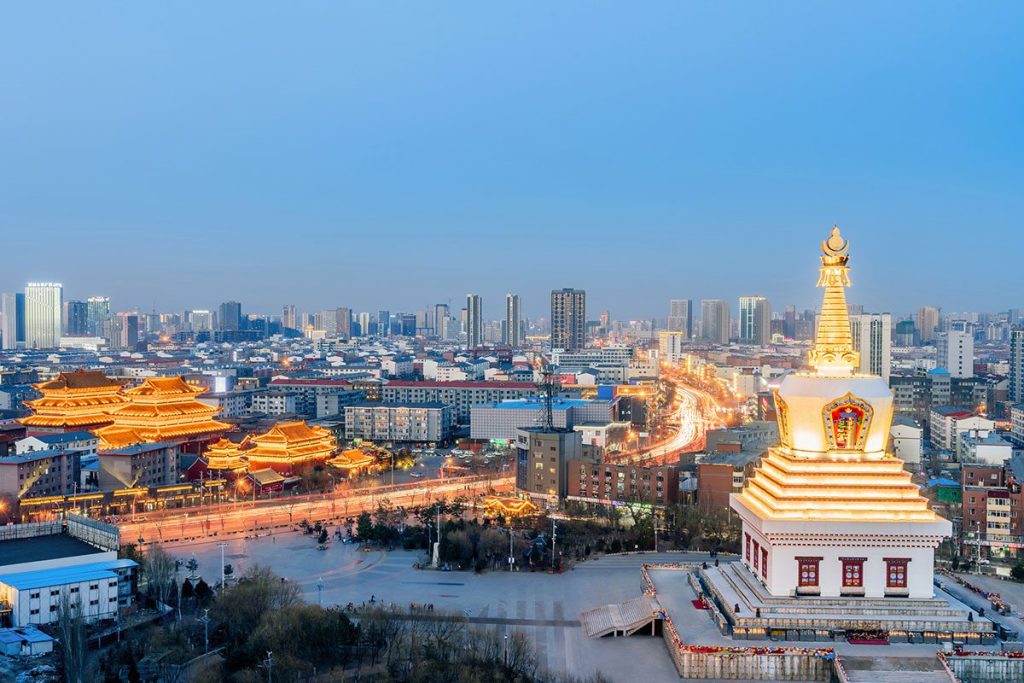
Experience the tranquil beauty of Baohan Khan Temple in Hohhot, Inner Mongolia. Image source: HelloRF Zcool/Shutterstock.com
Located in Inner Mongolia, Hohhot is the capital of China. Hohhot is a large city in Mongolia, which is sometimes misunderstood as a wide, uninhabited steppe. The bustling spot has a lot to offer in its own right, and it also serves as a jumping-off point for exploring other parts of Mongolia. The Inner Mongolia Museum is the best starting point for learning about the region’s rich history and culture. The Great Mosque, built in the 17th century, and the Temple of Five Pagodas, which has more than 1,500 carved Buddha images, are just two of the many stunning religious buildings that have survived to this day.
9. Pingyao
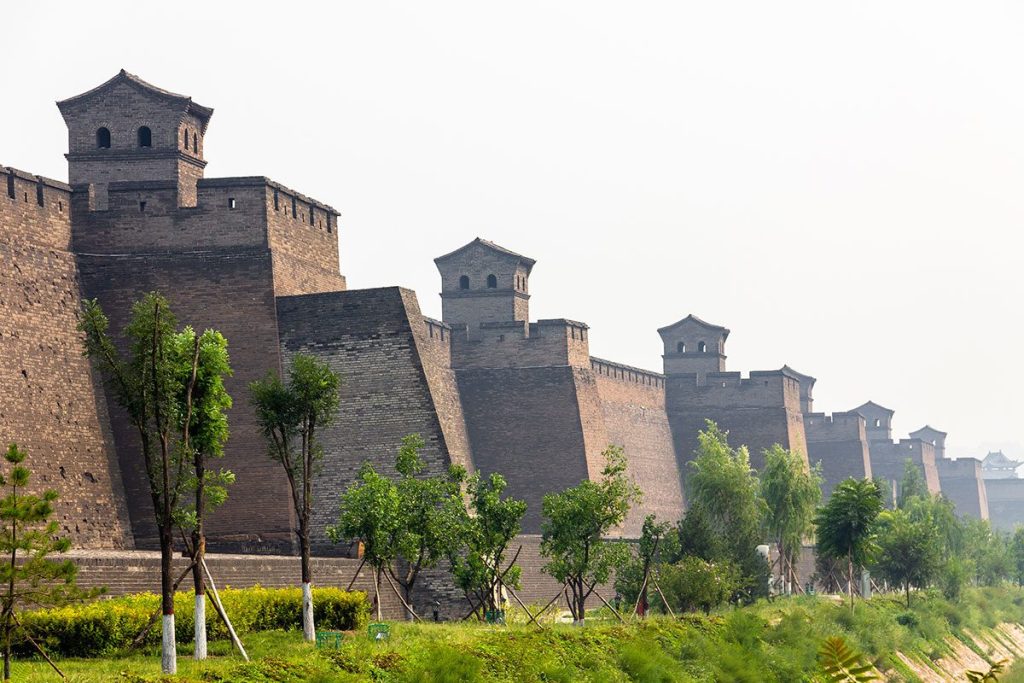
Journey back in time within the protective embrace of the ancient walls of Pingyao, Shanxi. Image source: Giusparta/Shutterstock.com
Pingyao, China is a great choice if you want to visit a place that will make you feel like you’ve traveled back in time. Despite its small size, Pingyao is entirely encircled by fortifications, many of which date back to the Ming and Qing dynasties. Only a small number of cars are permitted inside the city walls, so getting about is easiest on foot. The city gates to the north and south are the primary entrances to the city and should be visited. Ming-Qing Street is the place to buy trinkets and street food.
8. Mount Tai
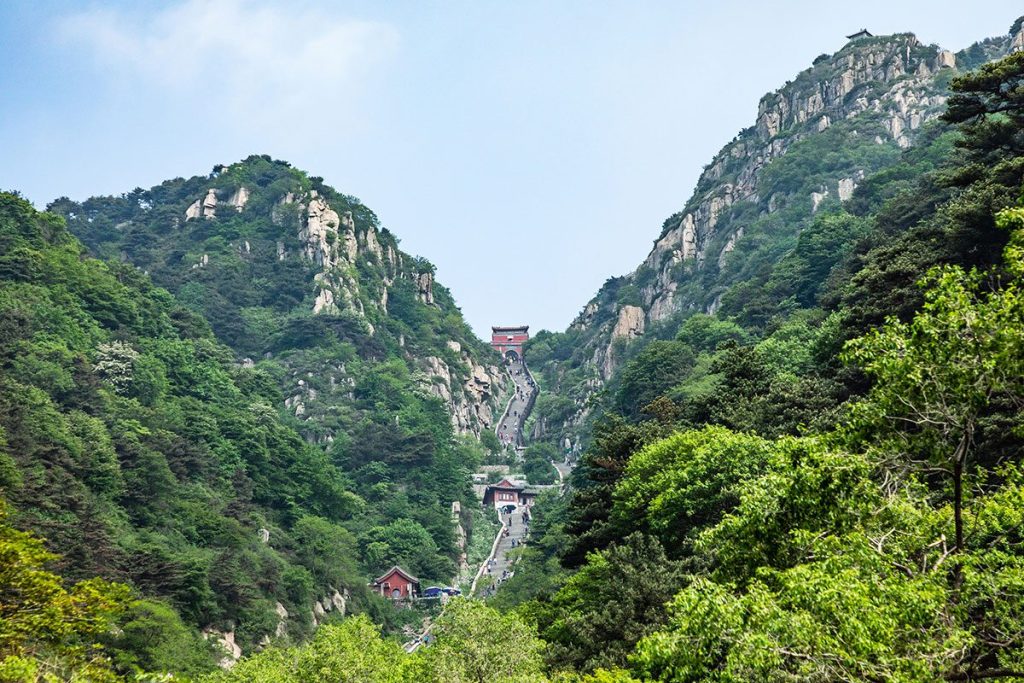
Marvel at the awe-inspiring beauty of Taishan’s summer landscape in China. Image source: daizuoxin/Shutterstock.com
It’s no secret that China is home to a plethora of mountains, yet only five of them are considered holy by Daoists. Mount Tai, sometimes called Taishan Mountain, is one of these summits. The mountain of Tai has been mentioned in writing for over 4,000 years, and it was here that numerous emperors offered sacrifices to the gods. To get to the top of Mount Tai, hikers have their pick of many trails, the longest of which ascends the mountain in the east by 6,000 steps. There are towns, shops, and many Chinese tourists along the way. Don’t bother hiking up Mount Tai for four hours if you don’t want to; instead, visit the Taoist temple at the mountain’s foot.
7. Hanging Monastery
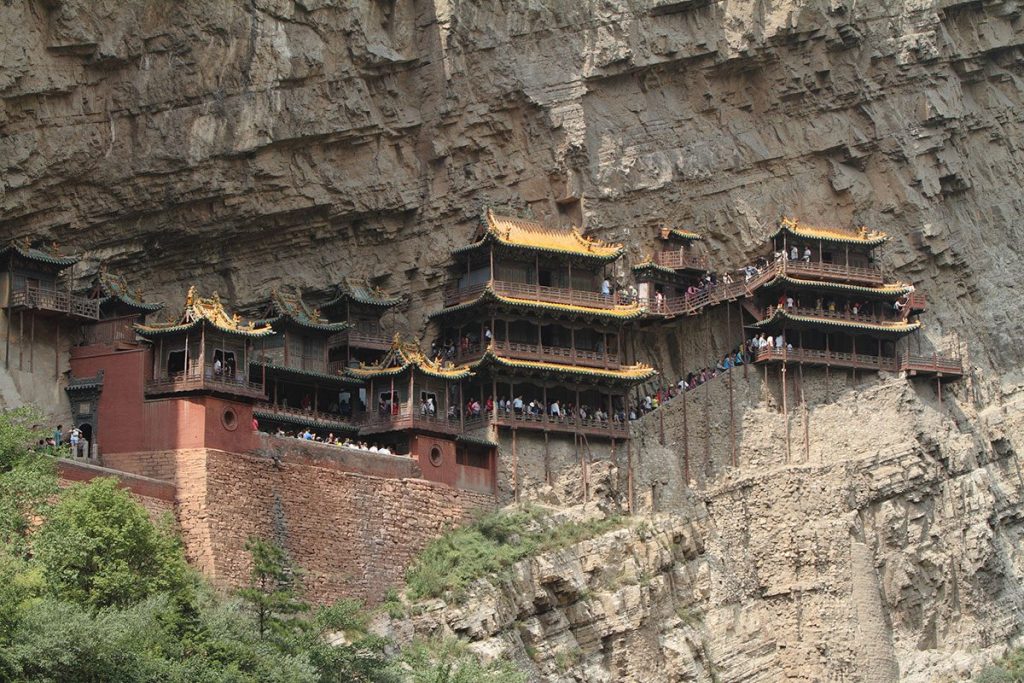
Witness the architectural marvel of the Hanging Monastery Xuankong Si in Datong, China. Image source: hecke61/Shutterstock.com
Ancient temples are common in China, and the Hanging Monastery, sometimes called the Xuankong Temple or the Hanging Temple, is no exception. More than 1,500 years have passed at this monastery in Datong, Shanxi Province. Not only is it a sight to see, but it also has significant religious significance since it is a Buddhist, Confucian, and Taoist temple. The 40 chambers of the hanging monastery are connected by a network of corridors, and guests may enter the temple to gaze out over the cliff face.
6. Harbin
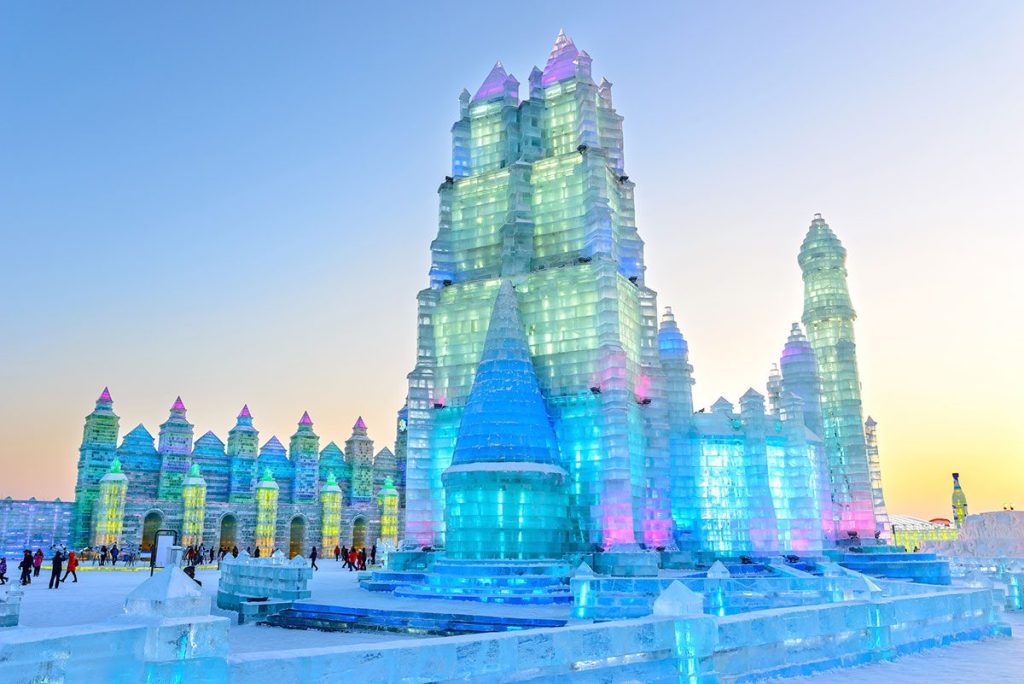
Experience the enchantment of the ice building in Harbin’s Ice and Snow World. Image source: aphotostory/Shutterstock.com
Harbin, the capital of Heilongjiang Province, is located in the northeast of China. Harbin is most well-known for the annual Ice and Snow Festival held there in the winter, although the city is enjoyable year-round. Due to its proximity to Russia, Harbin has numerous 19th-century Russian-style structures in its Old Quarter that are well worth seeing. The Siberian Tiger Preserve is another major draw for visitors. The months of December through February are prime time for ice festival activities, including snow and ice sculpting contests.
5. Chengde
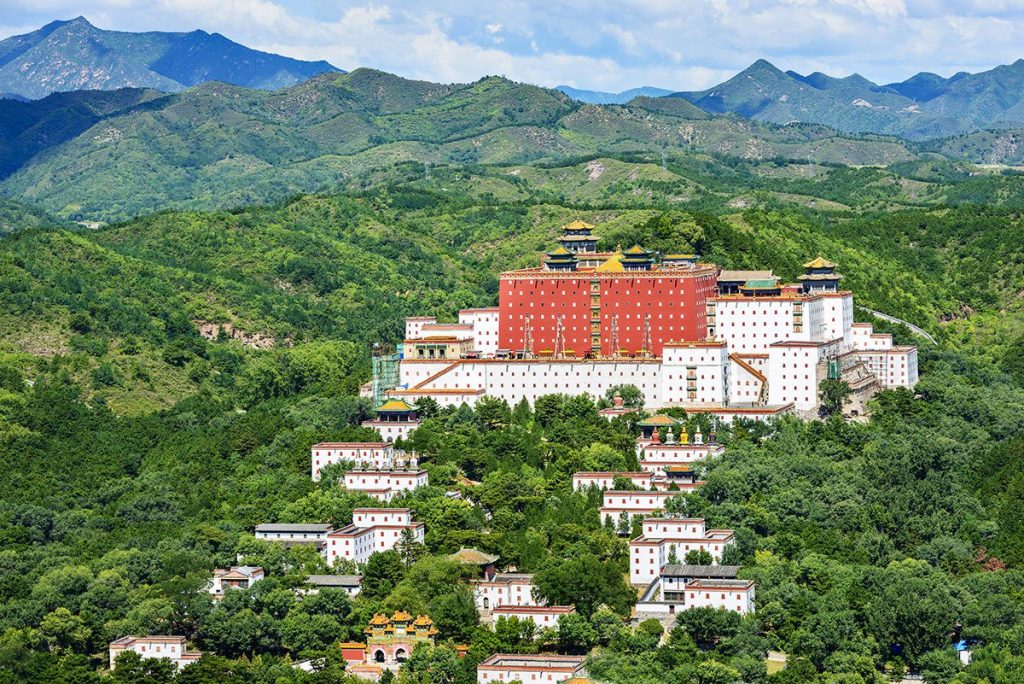
Immerse yourself in the tranquil beauty of Putuo Zongcheng Temple in Chengde, Heibei Province, China. Image source: aphotostory/Shutterstock.com
Chengde, located on the banks of the Wulie River, is a hillside retreat where many early Qing Dynasty monarchs spent their summers. Their summer castle, known as Bishu Shanzhuang, has quickly become the most visited site in the area. The summer palace, which is encircled by temples, is now a stunning museum. During the warmer months, the summer palace may be enjoyed as it was meant to be: as a place to wander along pathways through gardens and take in the scenery. You must visit Puning Temple, home to the world’s largest wooden Buddha statue.
4. Yungang Grottoes
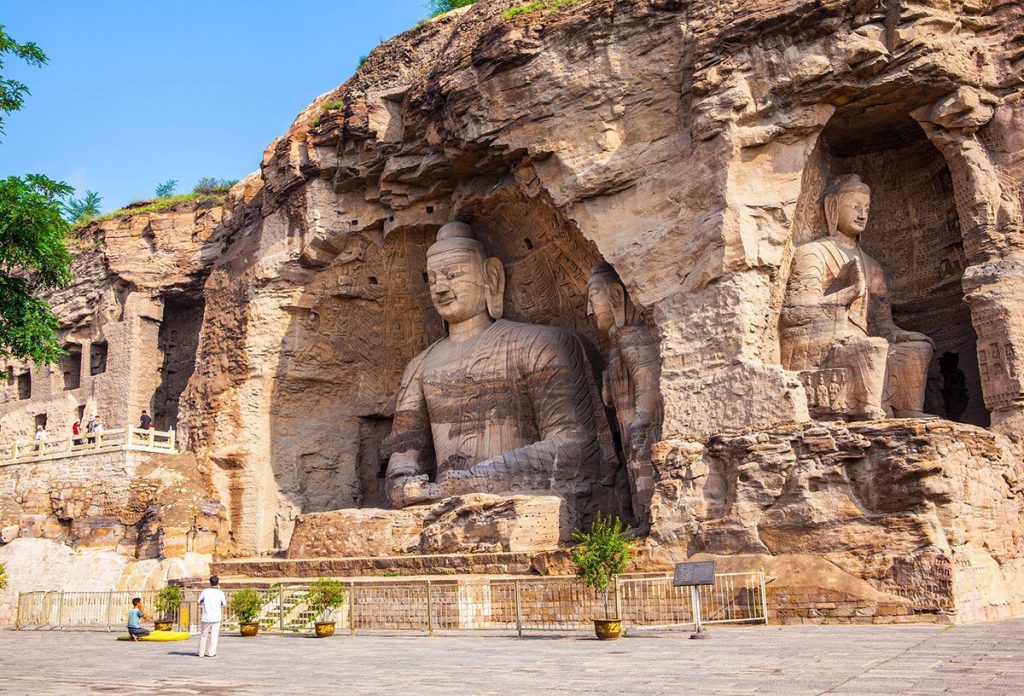
Explore the cultural treasures of Yungang Grottoes, a UNESCO World Heritage site. Image source: Meiqianbao/Shutterstock.com
The Yungang Grottoes are located a short distance from Datong. There are elements of a museum, a temple, and an art gallery in this place. There are about 1,500 Buddha sculptures carved into the mountain at the historic site of Yungang Grottoes. The fifth and sixth centuries saw the peak of activity in the carving of the grottoes’ 252 statues. You may take a circuitous route through vast caverns and narrow passages, stopping to take in the stunning artwork at each turn. The sitting Buddhas range in size from a few inches to more than 15 meters (50 feet) in height.
3. Xi’an
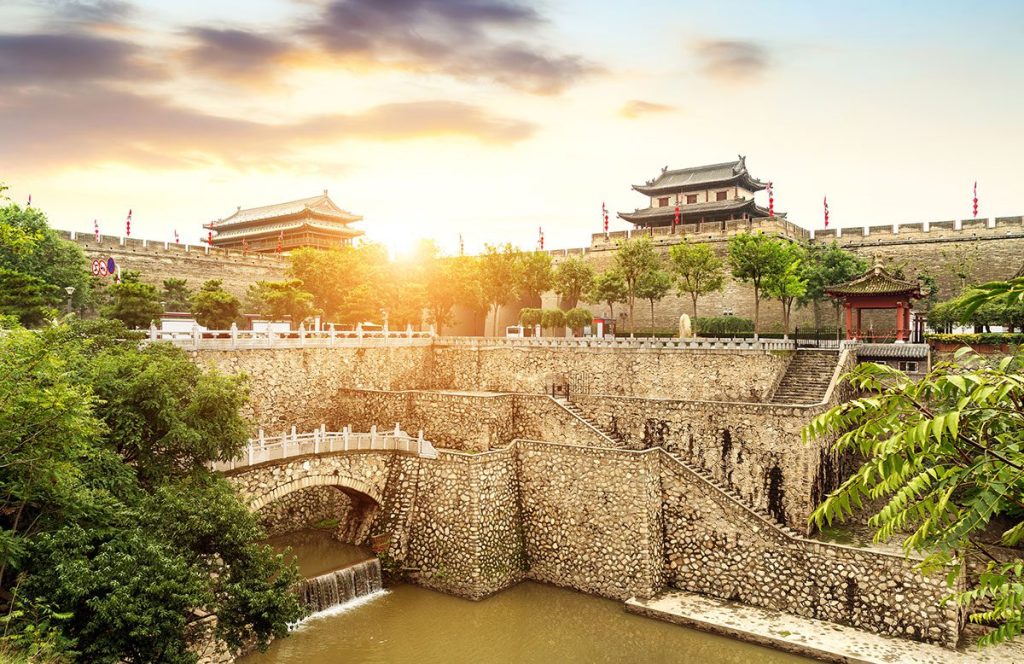
Experience the grandeur of Xi’an’s ancient city wall and moat in Shaanxi, China. Image source: gyn9037/Shutterstock.com
If you want to see the oldest city in China, which also happened to be the ancient capital, get on over to Xi’an. The city of Xi’an (formerly known as Chang’an) is most well-known for housing the legendary terracotta soldiers that guard the tomb of China’s first emperor. The Army of Terracotta Warriors and Horses is located a few kilometers outside of the city, and it has 2,000 terracotta troops, 100 chariots, and 30,000 pieces of weaponry. While Xi’an’s famous warriors are the city’s most popular draw, visitors shouldn’t overlook the City Wall, another must-see. In Xi’an, you may rent bicycles and ride around the top of the world’s largest city wall.
2. Mutianyu
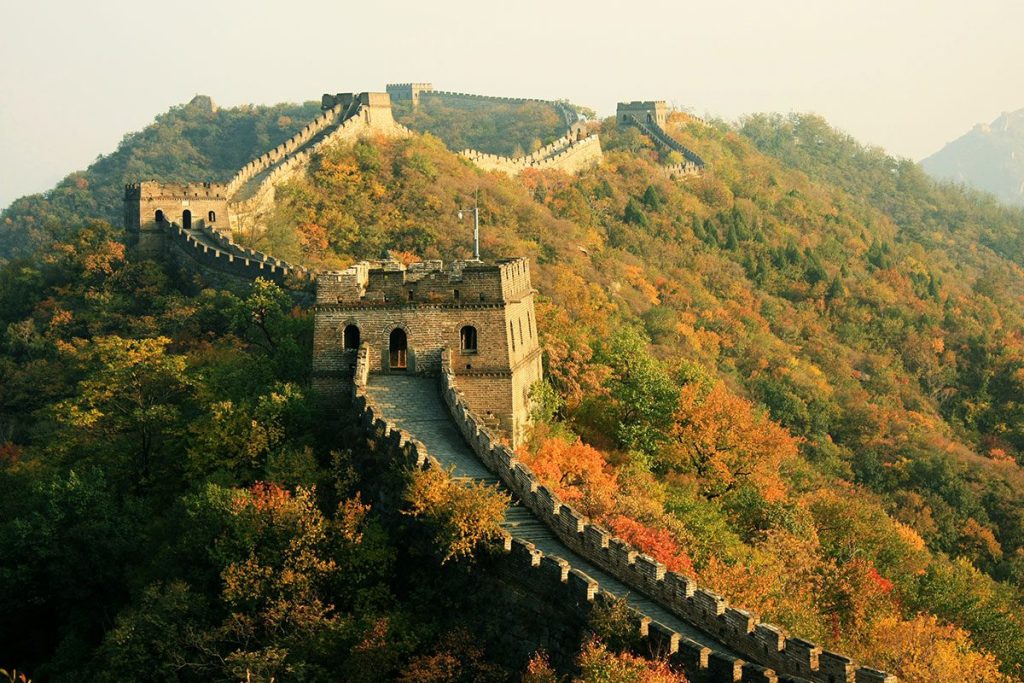
Behold the majestic beauty of the Great Wall in autumn, Beijing, China. Image source: Mikhail Semenov/Shutterstock.com
Mutianyu is a great spot to see a section of the Great Wall of China, which runs for thousands of kilometers throughout China. Popular for day visits from Beijing, the wall can be reached in less than 90 minutes. Mutianyu offers both hiking and cable car rides to the top of the wall. Take a toboggan down for a really unique and unforgettable adventure. The Great Wall sections in Mutianyu are among the best preserved in the world. The wilder, less traveled areas are closer the farther you travel, though.
1. Beijing
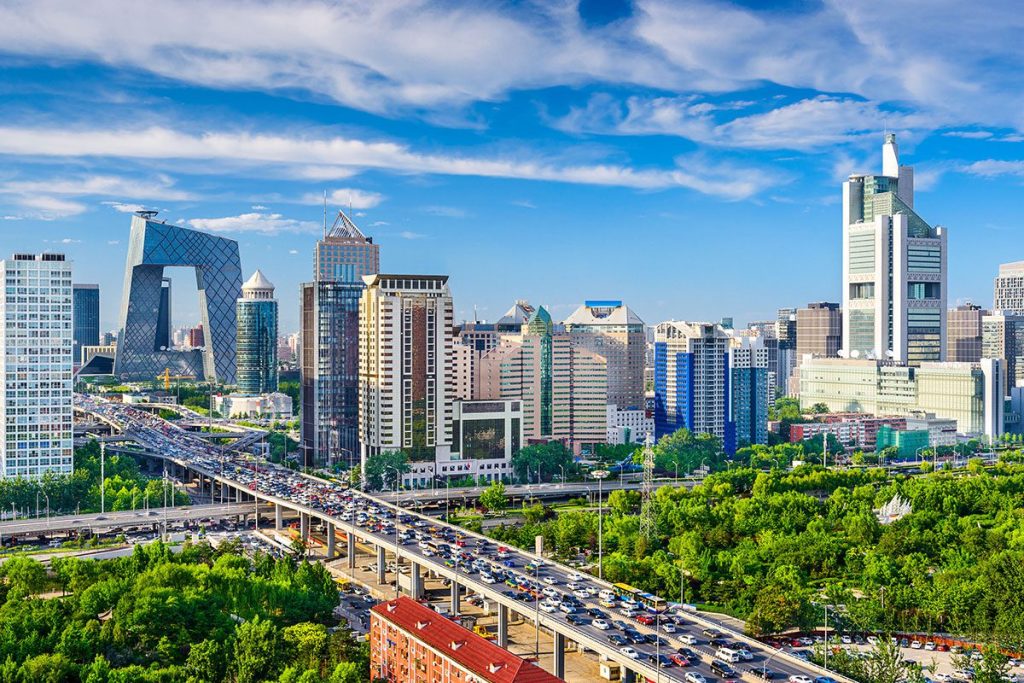
Explore the vibrant cityscape of Beijing’s Central Business District. Image source: ESB Professional/Shutterstock.com
Beijing is an obligatory stop on any tour to Northern China. The city serves as China’s cultural epicenter in addition to its governmental one. There’s a lot to see in Beijing, but the Forbidden City should be your first stop. More than 500 years of history have been preserved in the Forbidden City, which served as the Chinese Imperial Palace and the political center of the country. Another must-see while in Beijing is Tiananmen Plaza, the biggest public square in the world and the scene of the student uprising and massacre in 1989. Last but not least, Beijing is stuffed to the gills with museums and even has some of the original medieval city walls that have been preserved.


